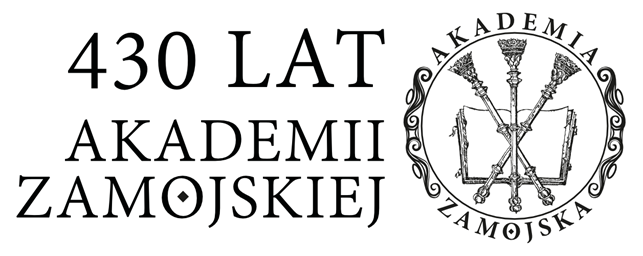The Cross-Border Transfer of Cultural Assets in the European Union
Piotr Zawrotniak
Abstract
Monuments and mementoes of cultural assets are taken very special care of by descendant heirs, as a form of national heritage. The Hague Convention of 1954 introduced regulations concerning the definition of a cultural asset. The Convention drawn up in Paris, in 1970, extended the scope of international legal protection in case of conflicts and armaments. It also extended notions which regulate the status of — e.g., rare collections. In 1976, the Convention signed in Paris clarified identification and definition of any kind of assets belonging to the countries which are the parties of the agreement, and determined their borders. The member states of the EU act pursuant to the regulations of the EU law and domestic law. After the accession to the Community, Poland adopted the EU law, which has to be direct and superior to domestic regulations. The EU and domestic legal regulations concerning the issue of the transfer of cultural assets — monuments within the Community and with third countries, are applicable to their export to other member states of the EU and within not regulated areas on the Community level, as well as to third countries.
Keywords:
national cultural heritage, monuments, Paris Convention of 1970, rare collections, Paris Convention of 1976, the European Union law, the office of Monument Conservator, turnover of cultural assets, the trade of works of art in the EU, Minister of Culture and National Heritage, Community Customs Code, cultural assets, Hague Convention of 1954Details
References
Statistics
Authors
Citation rules
Licence

This work is licensed under a Creative Commons Attribution-NonCommercial-NoDerivatives 4.0 International License.


 English
English
 Język Polski
Język Polski




